Using the ADDIE model effectively
Ever trainer is familiar with the request to update the curriculum to build on the skills on a sales force or the need to build a curriculum from scratch. I’ve certainly been hearing that request from clients lately. This can be difficult because everyone wants this occur over night and the business need can be very high. Everyone has a thought on what’s needed for the curriculum and will make demands on the training team.
Follow a process: The ADDIE model is an instructional design framework, which allows a consistent way to complete training projects. This model was developed to effectively train people in the military in a consistent manner. I remember as an officer doing training with soldiers that there was always a task, condition and the standard which is very similar to learning objectives. There are several variations of the model but they all will have the same result. The five steps are analyze, design, develop, implement and evaluate. Any process will take time.
My mantra in curriculum development is follow the data which means you must have rich analysis. There are a variety of ways to conduct analysis. A survey with the sales force and management can be quite simple and effective and can be done internally. More sophisticated methods include benchmarking and a formal needs analysis which may include Front-End Analysis (FEA) Learner Analysis, Media Analysis, Run-time Analysis – and now, Mobile Analysis and Gamification Analysis. These are methodologies that I would recommend using a vendor to conduct. Often the client thinks they know what they want but are too close to the learners the curriculum or other variables that effect a true analysis to be conducted.
Benchmarking allows you to get insight from your customer base and how you compare with your competitors. This tool aligned with either organizational competencies or behaviors is powerful provide rich data. A formal needs analysis allows key stakeholders to be interviewed to determine organizational gaps.
Identify the key stakeholders: who should be involved in the development of a curriculum. Normally these will include sales leadership, marketing, and operations as well as the end user. While I focus primarily on pharma stakeholders, you should identify them in your industry. Stakeholders are very important to getting the best outcome. Once you identify the stakeholders, determine their level of influence. Develop a communication strategy which might include regular touchpoints with them or their representative for the project.
Measure the training: Training measurement can help quantify the impact of the curriculum, workshops or course. A best practice is to develop a strategy of how the measurement is going to be conducted while you are doing your analysis. The Six Disciplines of Breakthrough Learning by Jefferson, Wick and Pollock does a good job of explaining how to set up measurement in the early stages of training development. You can use the Kirkpatrick’s Evaluation model to determine how you are going to measure. I recommend going beyond doing just level one and level two measurements. A question to ask your stakeholders is what do you want them to do that they are not doing now? The answer to that question can help develop the measurement strategy.
The success case methodology is another measurement method developed by Robert Brinkerhoff shows the impact of training. Interviews are conducted with participants based on their level of success with the program. This allows the training team to dig into the data around success or non-success.
I focused on using the ADDIE framework to build a curriculum, the importance of your key stakeholders and to think about your measurement strategy early. These are certainly not the only elements in building a curriculum. Here at the Brooks Group we can help you build curriculum for your customer facing teams.




